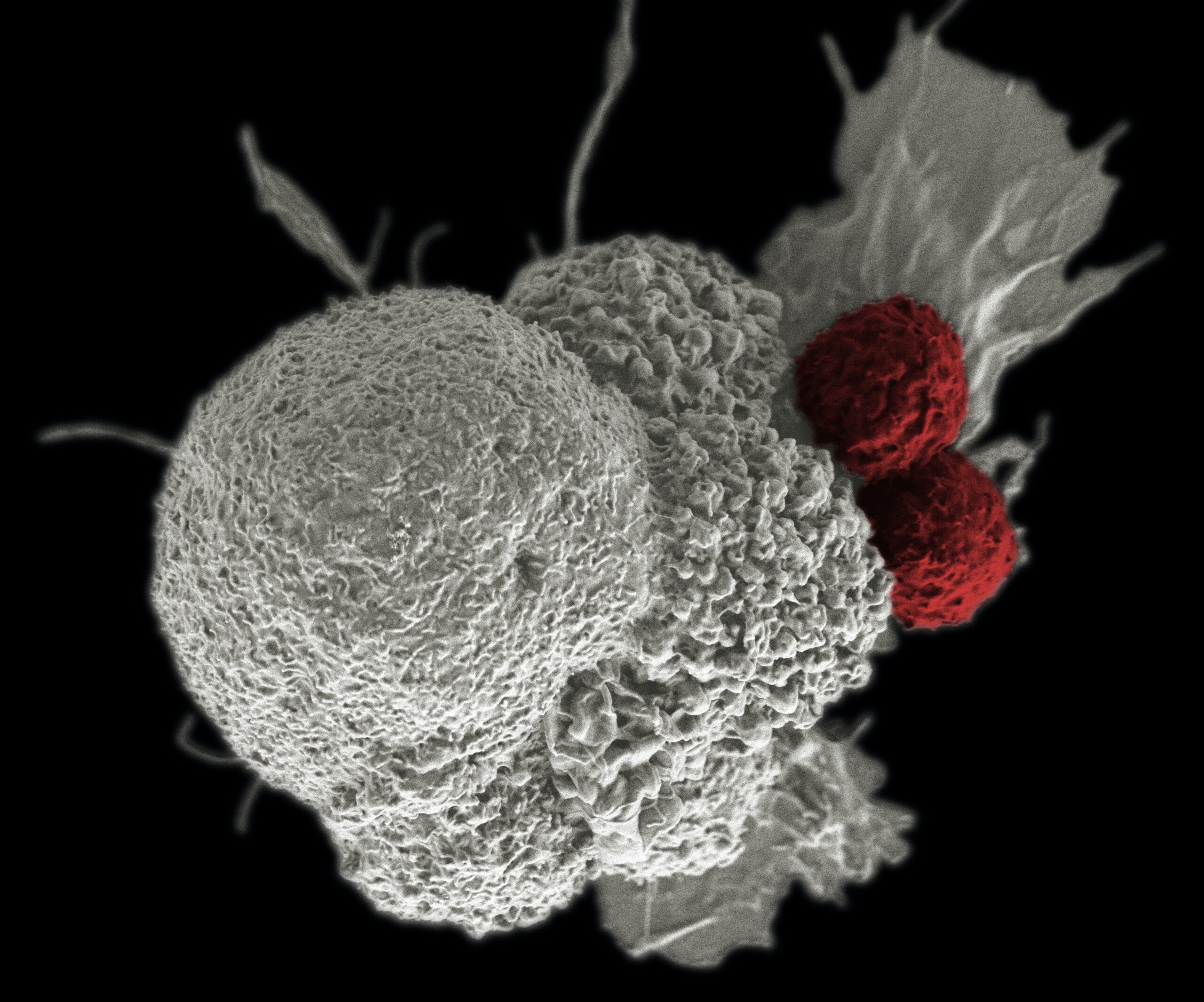U.S. biologists have found a protein that can protect citrus trees from an infectious disease called citrus greening. The described compound proved to be more effective than the antibiotic streptomycin and also resistant to heat, which makes it an ideal candidate for the fight against pathogenic bacteria. The work is published in PNAS.
Citrus greening, or “yellow dragon’s disease”, originally originated in Asia, but has affected trees in Africa and the Western Hemisphere for more than a decade. This infectious disease of citrus trees is transmitted from plant to plant through insects (Diaphorina citri). The causative agents are bacteria of the genus Candidatus Liberibacter asiaticus (CLas). Of all the citrus diseases, yellow dragon disease stands out as causing the most damage to plantations. Common symptoms include early yellowing and leaf fall, branch death, off-season flowering and ripening of small, irregularly shaped, thick green skins and sour fruit flavors.
Insecticides are now used to control disease vectors, and antibiotics are used to control the growth of pathogenic bacteria. However, none of the methods has been shown to be effective enough in controlling the disease. Experts hope for the innate immunity of plants: usually when faced with an infection, the plant’s defense system produces antimicrobial proteins. It is known that all cultivated citrus fruits are prone to greening, but there are hybrids that are resistant to CLas. Probably, disease-resistant plants just secrete antimicrobial peptides that fight pathogenic bacteria.
A team of researchers from the University of California, led by Hailing Jin, compared the template RNAs of resistant and green trees and identified a list of genes that could be responsible for protecting plants from CLas. Among them, the gene encoding a small protein of 67 amino acid residues attracted the attention of scientists. The predicted structure of the protein was similar to the heat-resistant antimicrobial peptide found in plants of the genus Arabidopsis. Similar genes have been found in related resistant citrus fruits, such as the Australian Finger Lime (Microcitrus australasica), Poncirus trifoliata, or Murraya paniculata. In cultivated oranges (Citrus sinensis) and clementines (Citrus clementine), which are poorly tolerated, such genes were longer and less actively expressed.
The researchers also tested for the presence of putative antimicrobial peptides in the phloem conducting plant tissue, where pathogens are usually concentrated. Proteins were found in the phloem of the finger lime and poncirus, they were not seen in the phloem of oranges. Together, these results suggest that antimicrobial peptides are most likely responsible for the resistance of citrus to CLas.
To test the effectiveness of antimicrobial peptides, the researchers used a previously created model that mimics infection in nature: insects with a positive test for the presence of pathogenic bacteria fed on the plant, and with the saliva of insects, the bacteria entered the plant. The model used Bactericera cockerelli and young tobacco-related plants Nicotiana benthamiana. The leafhopper does not usually feed on tobacco, but sometimes bites its young shoots. Tobacco, in turn, is usually not subject to greening, but its young sprouts turn slightly yellow in case of infection with Candidatus Liberibacter bacteria. It was chosen because citrus fruits grow slowly and show symptoms for a long time, and tobacco – much faster. To quickly assess the extent of infection and the effect of antimicrobial peptides on bacteria in this model, Bactericera cockerelli and Nicotiana benthamiana are used instead of Diaphorina citri and citrus. The plants were then treated with antimicrobial peptides derived from different resistant trees. Antimicrobial peptides from finger lime were the best at suppressing the growth of bacteria in plants. It was with this protein that further experiments were conducted.
